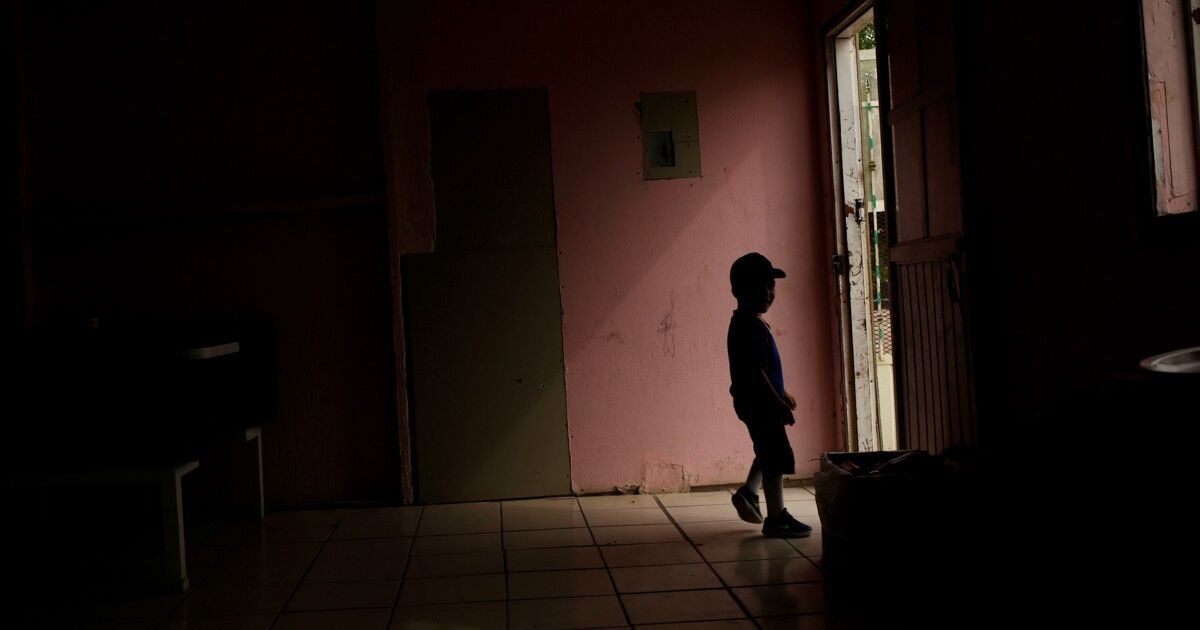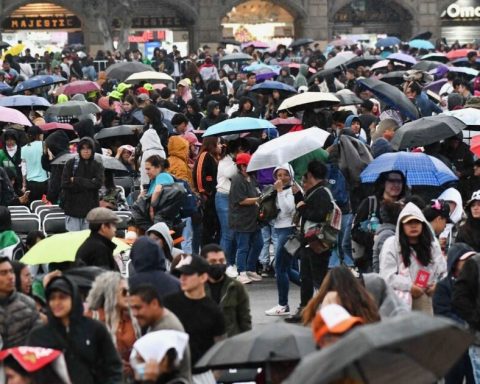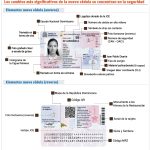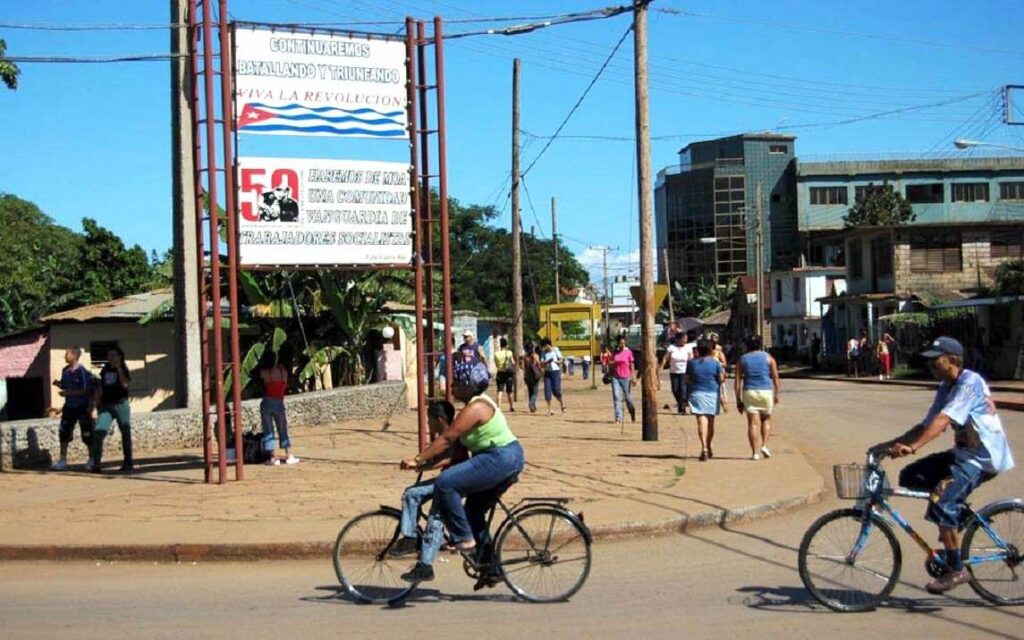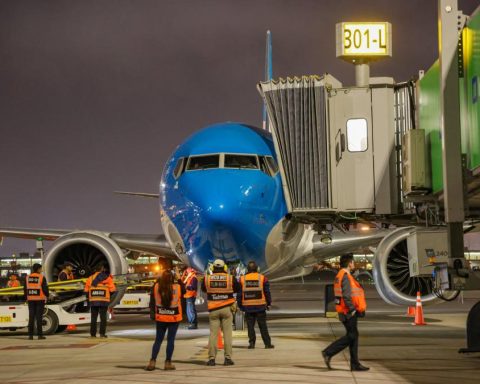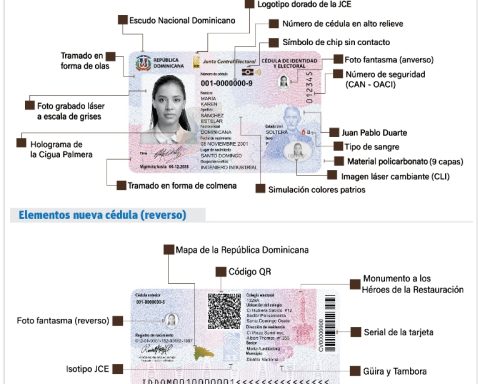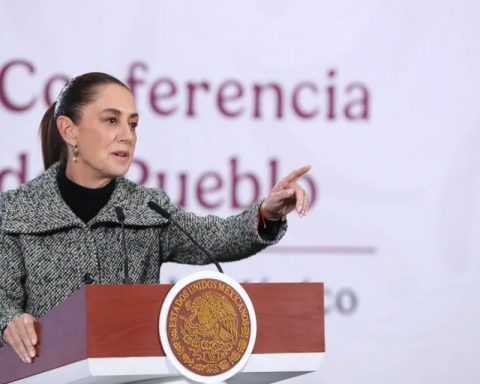In absolute terms, 19.6 million children and adolescents were in poverty in 2018, while in 2020 there were 19.5 million.
In 2018, 8.7% of this population was in a situation of extreme poverty; for 2020, the proportion was 10.6%, which translates to 3.9 million girls, boys and adolescents with insufficient income to purchase the food basket and with at least three social deprivations.
with deficiencies
Regarding social deprivations, it was identified that for 2018 and 2020, 7 out of 10 children and adolescents had at least one social deprivation, while 65.8% of the population aged 18 or over was in this situation.
The lack of access to social security was the most frequent in this group: 58.7% in 2018 and 58.0% in 2020, respectively; for the population aged 18 or over, a proportion of 51.1% was estimated in 2018 and 49.6% in 2020.
The second lack with the highest incidence in this population group, considering the results of 2020, was access to health services (14.3% in 2018 and 27.5% in 2020).
Meanwhile, more than a quarter of the underage population presented a lack of access to nutritious and quality food; This proportion makes visible the importance of ensuring access to food for this group given its relevance for their healthy physical and mental growth, said Coneval.
The agency identified that the risks that are present in all stages of the life of Mexicans are: effects on mental and socio-emotional health; development of diseases and health complications due to illnesses; malnutrition problems and the condition of permanent disability; risks linked to the right to health, the right to nutritious and quality food, and the right to social security.
recommendations
The executive secretary of Coneval, José Nabor Cruz Marcelo explained that derived from this report, the body under his charge developed recommendations in the areas of public policies to improve the social and economic situation of the Mexican population in general.
In order to improve the conditions in terms of access to social protection, he stressed that a universal system is required, which has a body that coordinates this policy at the national level. It is also desirable that the instance be headed by the head of the Executive and be made up of agencies and entities whose purpose is linked to the risks associated with social protection.
Likewise, the participation of representatives of state and municipal governments should be included to guarantee the national scope of the Social Protection System. In addition to having a unique management system that contributes to reducing the dispersion of public policy instruments and the number of procedures for the beneficiaries.
